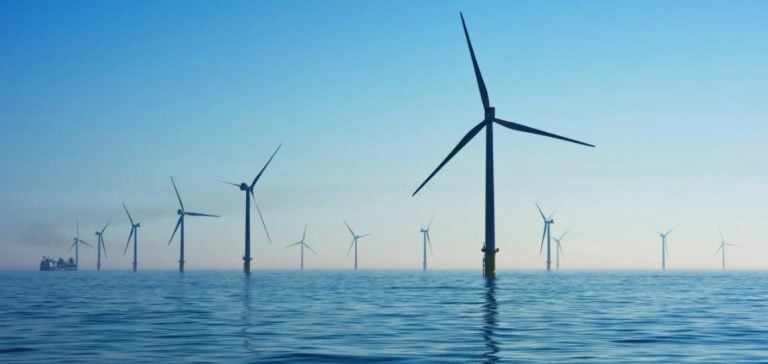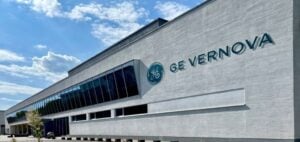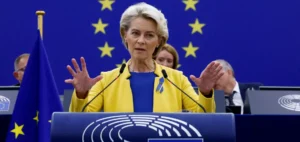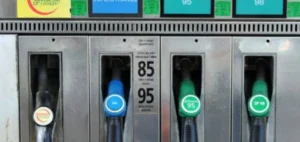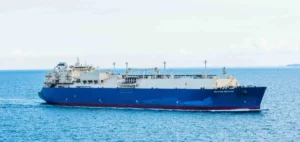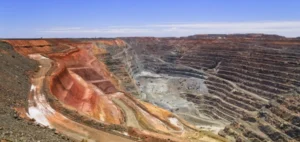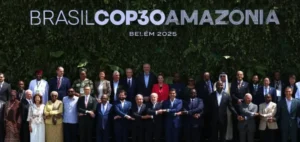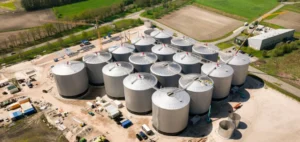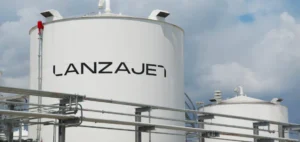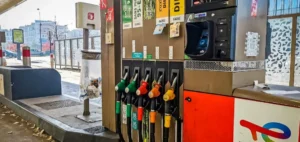The French government officially published the mapping of priority areas for offshore wind deployment, a renewable energy essential for achieving 20% of France’s electricity production by 2050. This plan encompasses all of France’s maritime fronts, underscoring the country’s commitment to the energy transition.
According to official documents, the goal is to develop a capacity of 18 gigawatts (GW) by 2035 and 45 GW by 2050, compared to the current 1.5 GW installed. This significant expansion demonstrates the government’s intention to position France as a leader in the renewable energy sector.
Ambitious Production Goals
Call for Tenders number 10 (AO10), scheduled to begin in early 2025, represents a crucial step with a capacity of 9.2 GW. This tender is approximately 150% larger than previous ones and six times the capacity of the offshore wind farms already in service. AO10 is highly anticipated by the sector as it should help achieve the goal of 18 GW in service by 2035.
Geographical Distribution of Projects
AO10 will include several strategic projects: two parks of about 2 GW each in the English Channel, a 2 GW floating wind turbine project in northwest Brittany, another 1.2 GW in the Bay of Biscay, and a final 2 GW in the Gulf of Lion. This geographical distribution aims to maximize efficiency and minimize environmental impacts.
Olga Givernet, Deputy Minister for Energy, stated: “Offshore wind is a cornerstone of our energy strategy, which must provide 20% of our electricity production by 2050.” She also emphasized that the identified areas will facilitate the launch of tenders and provide valuable visibility for the renewable energy industry.
Public Debate and Consultation
This mapping was developed following a public debate titled “La mer en débat” (“The Sea in Debate”), which took place simultaneously on the four maritime fronts between November 20, 2023, and April 26, 2024. The ministry received over 20,000 written contributions, reflecting a broad consensus on the need to develop offshore wind while respecting fishing activities, maritime transport, landscapes, and biodiversity of coastal and marine territories.
Agnès Pannier-Runacher, Minister for Ecological Transition, explained that this work aimed to “specify the areas suitable for offshore wind, in order to reconcile decarbonized energy production, fishing and transport activities, and respect for the landscapes and biodiversity of coastal and marine territories.”
Reactions from the Sector and Organizations
The Renewable Energy Syndicate (SER) welcomed the government’s decision, stating that “offshore wind, a competitive and renewable energy, is becoming a major pillar of the energy transition.” SER also reminded that this technology currently represents over 8,300 jobs in France and is expected to create more than 20,000 jobs by 2035.
The League for the Protection of Birds (LPO) expressed concern, highlighting an “insufficient consideration of potential ecological impacts” on marine protected areas. Allain Bougrain Dubourg, spokesperson for the LPO, stated that “renewable energies, including offshore wind, are part of the range of solutions for our imperative energy transition, but their deployment cannot be rushed at the expense of biodiversity.”
Current State of Projects
To date, three offshore wind farms are operational in France, three are under construction, two have been awarded, and four procedures are underway, according to the ministry. These developments demonstrate the acceleration of offshore wind deployment, supported by favorable public policies and a growing demand for renewable energy.


